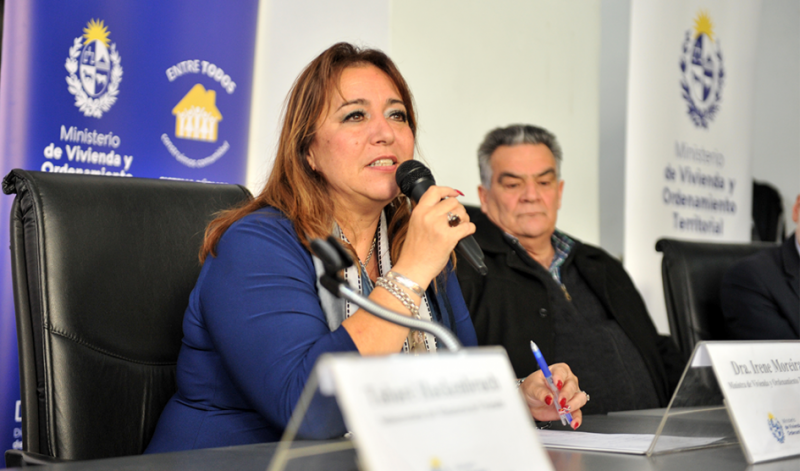Santo Domingo.- The Ministry of Public Health issued this Saturday a preventive epidemiological alert for monkeypox, detected in some countries in recent weeks.
Through a statement dated May 19 but shared today, the health agency established a series of recommendations set out by the US Center for Disease Control and Prevention (CDC).
“Currently in the Dominican Republic the presence of this disease has not been verified, however, the Ministry of Public Health issues this preventive epidemiological alert due to the circulation of this event in the United States of America,” reported Salud Publica.
Recommendations include avoiding contact with animals that may harbor the virus, including those that are sick or have been found dead in areas where monkeypox occurs.
Also, they suggest not coming into contact with any material, such as bedding, that has been in the vicinity of a sick animal; also isolate infected patients from others, who might be at risk of infection.
You can read: The United States detects the first case of monkeypox
In this sense, the agency specified the importance of practicing “good hand hygiene after contact with infected animals or humans. For example, washing your hands with soap and water or using an alcohol-based hand sanitizer.”
They also indicated the use of personal protective equipment when caring for patients.
What is it and how is it transmitted?
Monkeypox is a sylvatic zoonosis with incidental human infections that often occur sporadically in forested areas of central and western Africa.
It is caused by the monkeypox virus (MPXV) which belongs to the Orthopoxvirus family. The incubation period for monkeypox virus is usually 6 to 13 days, but can range from 5 to 21 days.
According to the information shared by Public Health, in the initial cases, the infection occurs through direct contact with blood, body fluids or skin lesions or mucous membranes of infected animals.
Meanwhile, secondary (person-to-person) transmission can occur through close contact with infected respiratory secretions, skin lesions of an infected person, and objects recently contaminated with fluids from the patient, materials from the injury, or respiratory droplets. , usually after prolonged face-to-face contact with the patient.
Another way of infection is by inoculation or through the placenta (congenital monkeypox), although it has not been shown that person-to-person transmission alone can sustain monkeypox virus infection in humans.
They added that the infection can be divided into two periods, that of invasion, characterized by fever, severe headache, lymphadenopathy (inflammation of the lymph nodes), lumbar pain, myalgia (muscle pain) and intense asthenia (lack of energy) and then there is the skin rash, when the different phases of irritation appear, which usually reach the face first and then spread to the rest of the body.
The most affected areas are the face (in 95% of cases), the palms of the hands and the soles of the feet (in 75% of cases).
They reported that “serious cases” occur more frequently in children and their evolution will depend on the degree of exposure to the virus, the patient’s health status and the complications suffered.
The disease is usually self-limited, and symptoms usually resolve spontaneously within 14 to 21 days. Symptoms can be mild or severe, and the lesions can be very itchy and painful.
Lethality
The fatality rate has varied a lot in the different epidemics, but it has been less than 10% in the documented events, said Public Health.
They highlighted that most deaths occur in young children and, in general, younger age groups appear to be more susceptible to monkeypox.



















